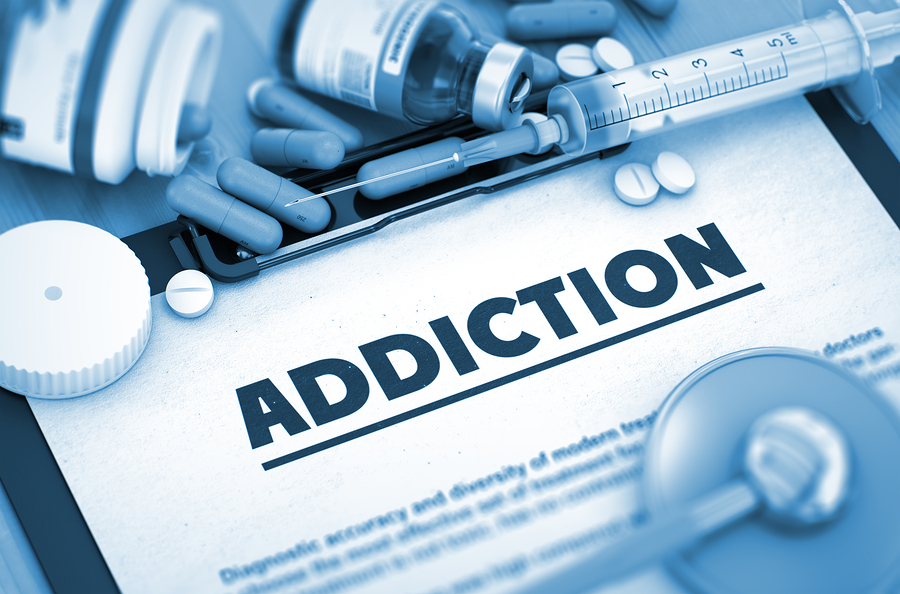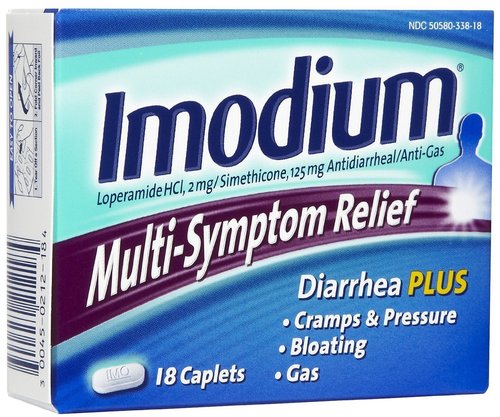FDA: Pain Patients Dependent On Opioids Are Not Addicted
/By Pat Anson, PNN Editor
The U.S. Food and Drug Administration has released new guidance to drug makers to streamline the development of buprenorphine products to treat opioid addiction. Commonly known by the brand name Suboxone, buprenorphine has long dominated the market for addiction treatment.
Of importance to pain patients is a statement about the guideline by FDA commissioner Scott Gottlieb, MD, that seeks to clarify the difference between opioid addiction and patients who need opioids for pain relief.
Gootlieb said there is still stigma and misunderstanding – even in the medical and addiction fields – about the difference between opioid addiction and dependence.
“Because of the biology of the human body, everyone who uses a meaningful dose of opioids for a modest length of time develops a physical dependence. This means that there are withdrawal symptoms after the use stops,” Gottlieb said. “A physical dependence to an opioid drug is very different than being addicted to such a medication.
“Addiction requires the continued use of opioids despite harmful consequences on someone’s life. Addiction involves a psychological preoccupation to obtain and use opioids above and beyond a physical dependence. But someone who is physically dependent on opioids as a result of the treatment of pain but who is not craving the drugs is not addicted.”
“Someone who is physically dependent on opioids as a result of the treatment of pain but who is not craving the drugs is not addicted.”
In recent years new and generic formulations of buprenorphine have been released in tablets, sublingual films, injections and implants, and the FDA is trying to promote the development of more of them.
The guidance released by the agency basically tells drug makers they may be able to submit new drug applications for buprenorphine products without conducting the safety and efficacy trials that are usually required for other medications.
“The guidance we’re finalizing today is one of the many steps we’re taking to help advance the development of new treatments for opioid use disorder, and promote novel formulations or delivery mechanisms of existing drugs to better tailor available medicines to individuals’ needs,” Gottlieb said. “Our goal is to advance the development of new and better ways of treating opioid use disorder to help more Americans access successful treatments.”
There are currently only three drugs approved by the FDA for medication-assisted treatment (MAT) – buprenorphine, methadone and naltrexone. Physicians wishing to prescribe buprenorphine to patients must have a special certification from the DEA and are limited in the number of patients they can treat.
Buprenorphine is an opioid that is also used to treat pain. When combined with naloxone, buprenorphine reduces cravings for opioids and lowers the risk of abuse.
Some addicts have discovered that buprenorphine can also be used to get high or to ease their withdrawal pain from heroin and other opioids. Buprenorphine is such a popular street drug that the National Forensic Laboratory Information System ranked buprenorphine as the third most diverted opioid medication in the U.S. in 2014.




























